Categories
Articles
Trim Made Simple
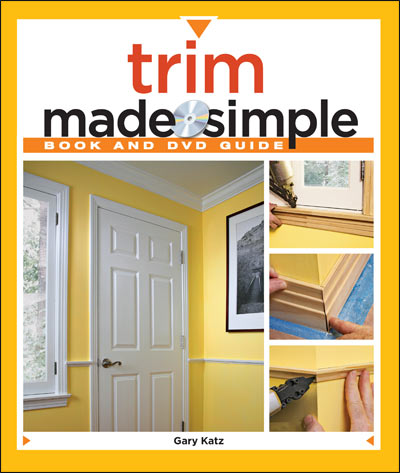 The Trim Gauge is featured prominently in world-renowned trim carpenter Gary Katz's book Trim Made Simple. You can check out Trim Made Simple at Amazon or at Gary's website.
The Trim Gauge is featured prominently in world-renowned trim carpenter Gary Katz's book Trim Made Simple. You can check out Trim Made Simple at Amazon or at Gary's website.Workbench
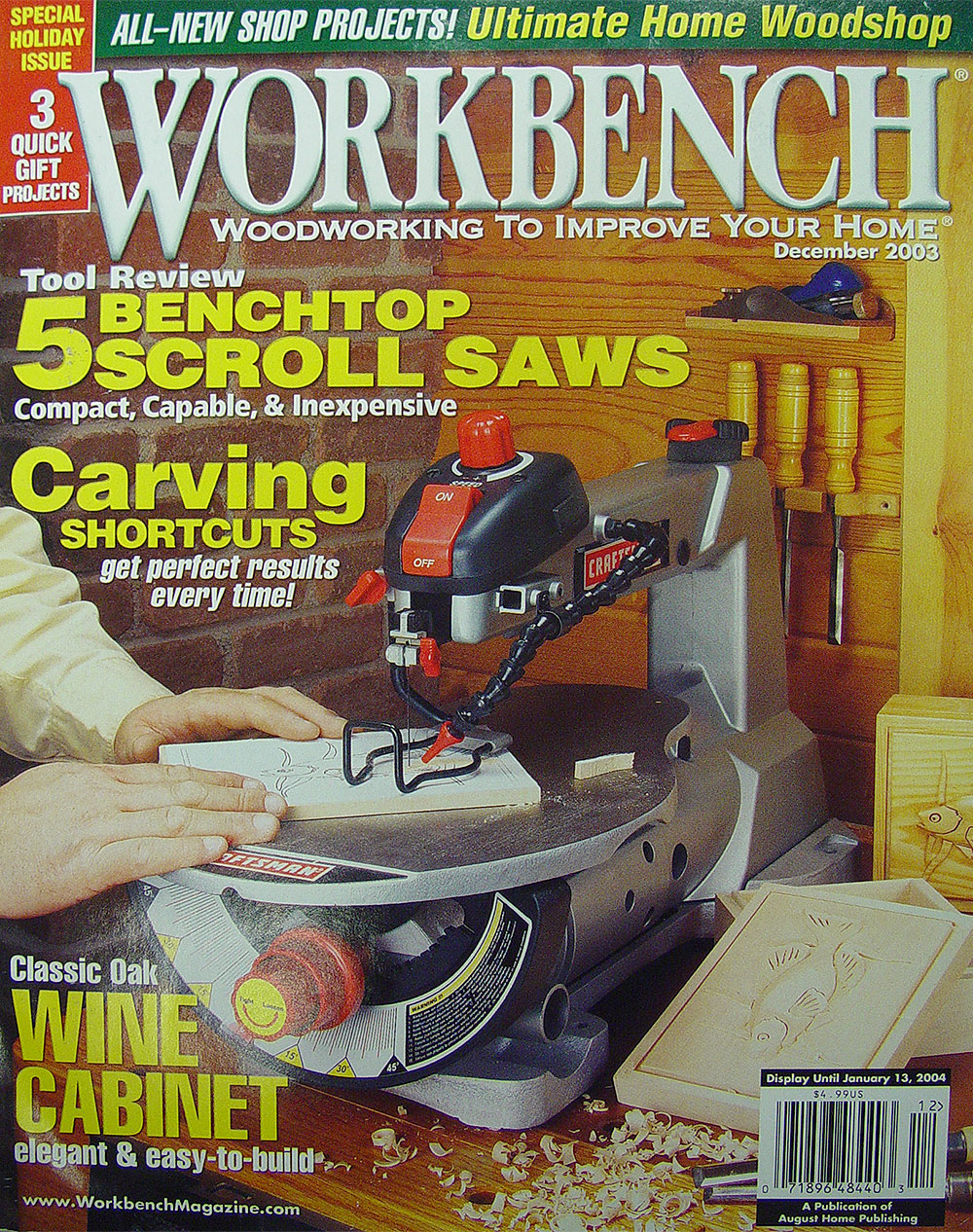 Workbench Magazine
Workbench Magazine
Find space in your shop apron or tool pouch for the Trim Gauge from Brumley Tools. This simple slide rule as more than enough uses to justify its $9 price tag. As a slide rule, the Trim Gauge is great for adjusting bit or blade settings, scribing a line, making repetitive measurements, transferring measurements, or setting trim with the perfect reveal. Two spirit-filled vials on the back of the Trim Gauge also make this a handy level. Visit http://www.TrimGauge.com to see all the ways this tool can be used or to place an order. You can also call Brumley Tools toll-free at 1-866-278-8665 for more information or to find a dealer in your area.
This Old House
 Small but Worthy
Small but Worthy
Trim Gauge is a few handy tools in one, ideal for setting the depth of cut on saws and routers, marking reveals on door and window casings, making repetitive measurements, and more. There’s even a built-in level, so your work will go on straight as well as fast.
My Home My Town

Repeat Performance
Do-it-yourselfers and tradespeople looking to save time might want to check out the simple, portable, and versatile Trim Gauge from Brumley Tools. It’s designed to make quick work of tasks like scribing parallel lines, establishing reveals, and transferring measurements. The tool extends on a sliding scale - one side standard, the other metric - and has a thumbscrew to lock it in place for repeated measurements. It has a built-in three-sixteenths reveal and liquid levels for both horizontal and vertical checks. As a depth gauge, it can help set or transfer measurements to power tools. See it in more than a dozen applications at http://www.trimgauge.com.
LBM Journal
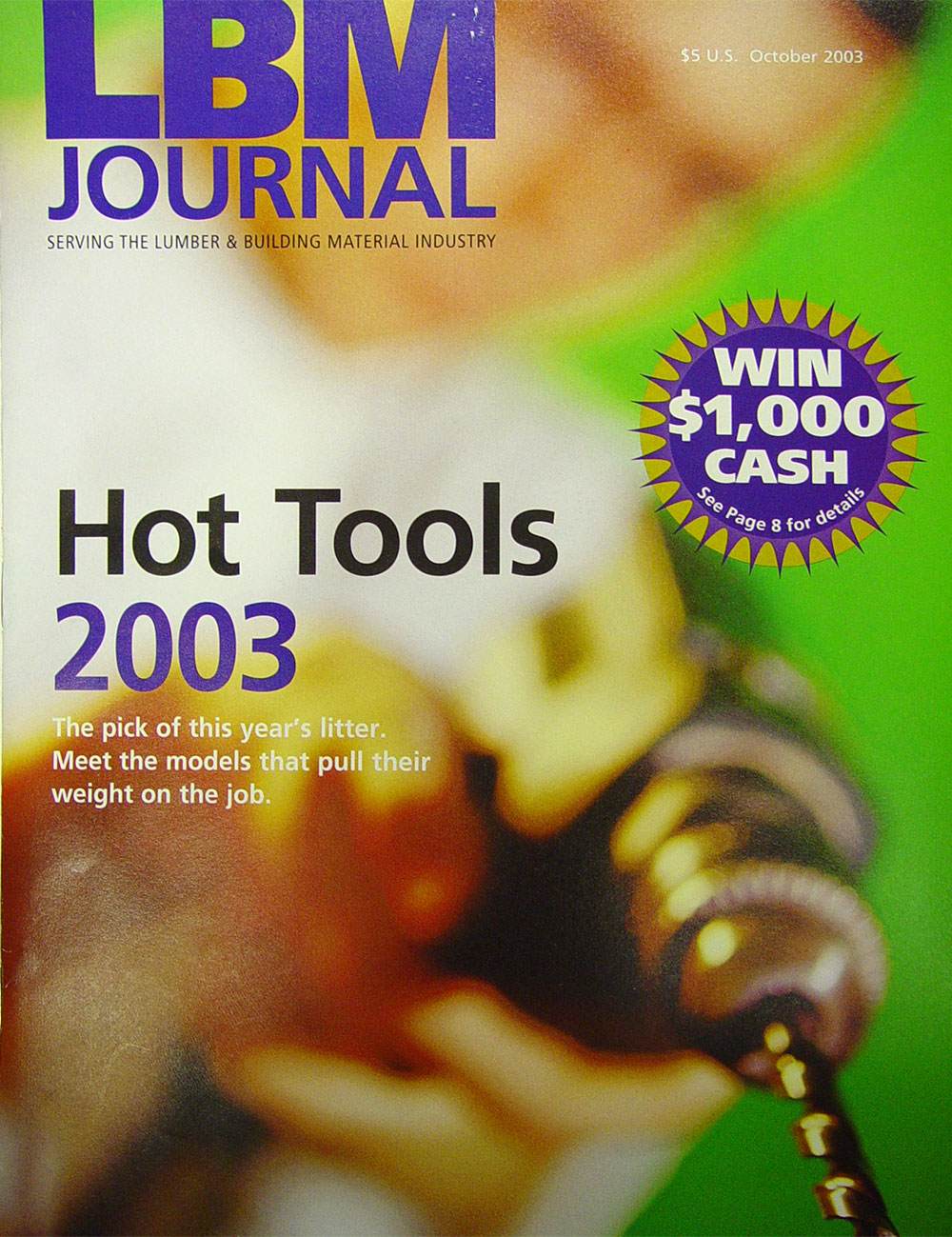 The Trim Gauge by Brumley Tools
The Trim Gauge by Brumley Tools
This could be the greatest manual measurement tool since the miter square. With a built in 3/16-in. reveal for setting trim around doors and windows, the trim gauge also has a depth gauge/scribe guide and levels for plum (sic) and horizontal. It’s great for scribing, setting depths on saws and routers, repetitive measurements, establishing reveals, trim and hardware setting and leveling, and other tasks where small gaps are measured and established.
Home Arts
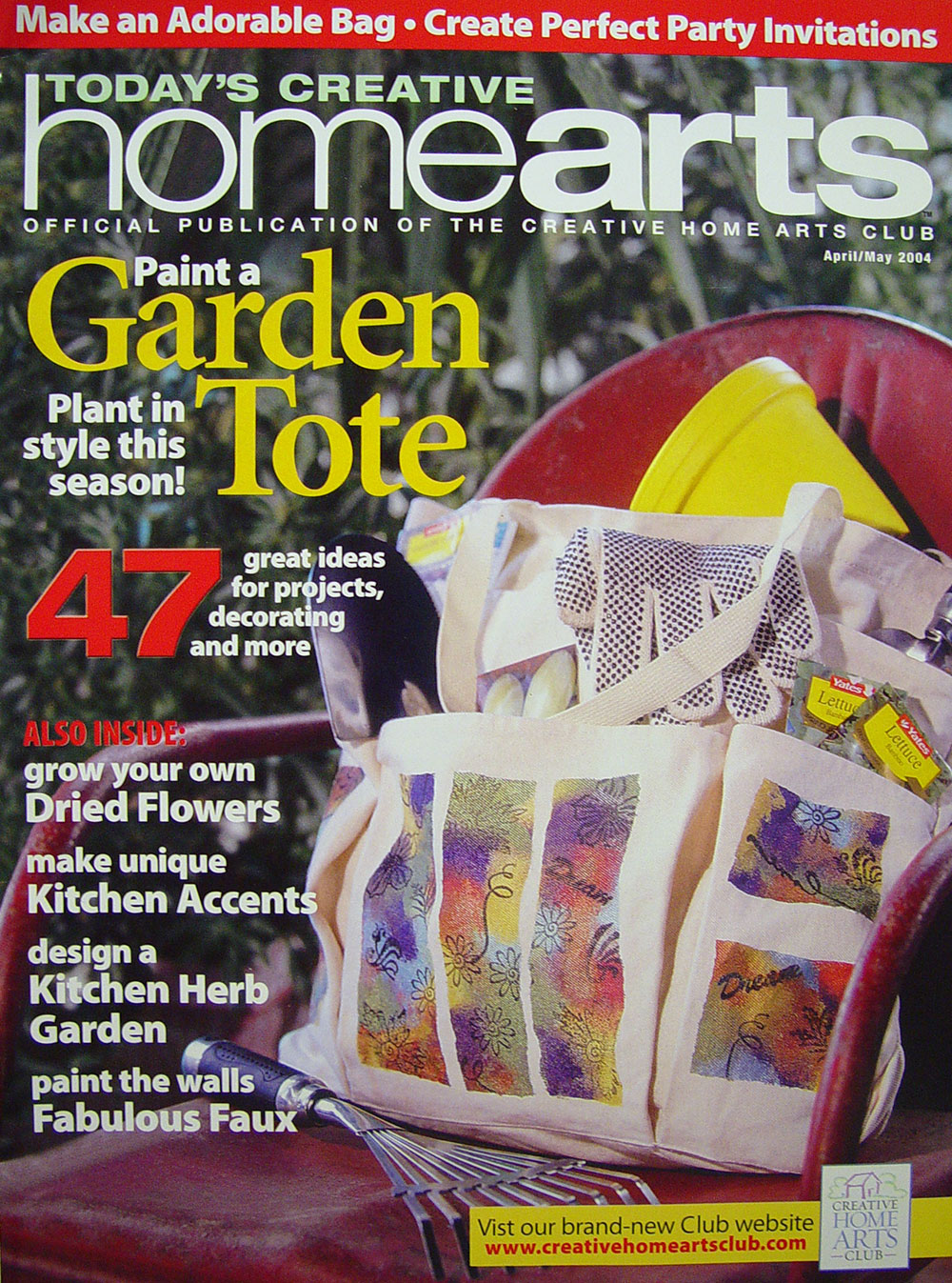 The Trim Gauge Multi-Purpose Tool is a slide ruler and is great for adjusting bit or blade settings, scribing a line, making repetitive measurements, transferring measurements, or setting trim with the perfect reveal. Two spirit-filled vials on the back of the tool also make this a handy level. Visit http://www.brumleytools.com.
The Trim Gauge Multi-Purpose Tool is a slide ruler and is great for adjusting bit or blade settings, scribing a line, making repetitive measurements, transferring measurements, or setting trim with the perfect reveal. Two spirit-filled vials on the back of the tool also make this a handy level. Visit http://www.brumleytools.com.
Member Comments:
“I found the Trim Gauge extremely useful for quilting and stencil projects that require very careful, repetitive measurements. This compact tool is very accurate and versatile for household projects and crafts.”
Elizabeth Carberry, Nokomis, FL
“Hemming some pants was quick and easy with the Trim Gauge. The thumbscrew locked the tool in place so the pants didn’t slip and the hem stayed even.”
Marykay Falardeau, Whiting, IN
Fine Homebuilding
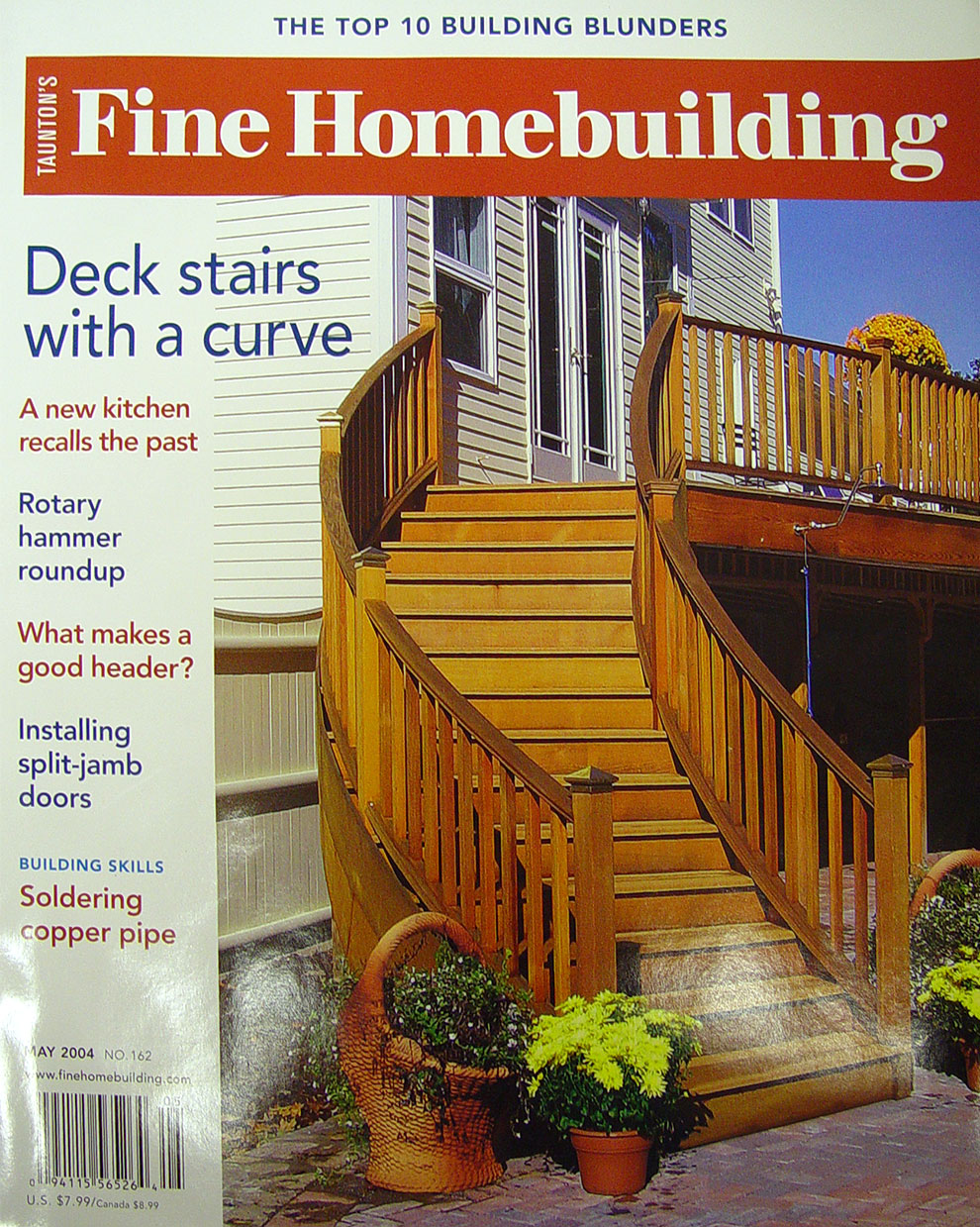
Pocket-Size Scribing Gauge
Having spent the better part of 15 years trimming everything from grand-entry doors to doghouses, I found the virtues of the Trim Gauge to immediately apparent. It’s a small adjustable gauge used to set or scribe depths up to 3 in. Although I probably wouldn’t use the Trim Gauge to replace my Starrett combination square, there are times when a smaller, lighter marking gauge is just the thing. When it comes to scribing reveals around jambs for door or window casings, the Trim Gauge is perfect. Along each of its long sides, there’s a built-in 3/16-in. lip, a dimension commonly used to gauge the reveal on door and window trim. using the thumbscrew, it’s easy to adjust the Trim Gauge for other dimensions.
View Full ArticleGood Woodworking
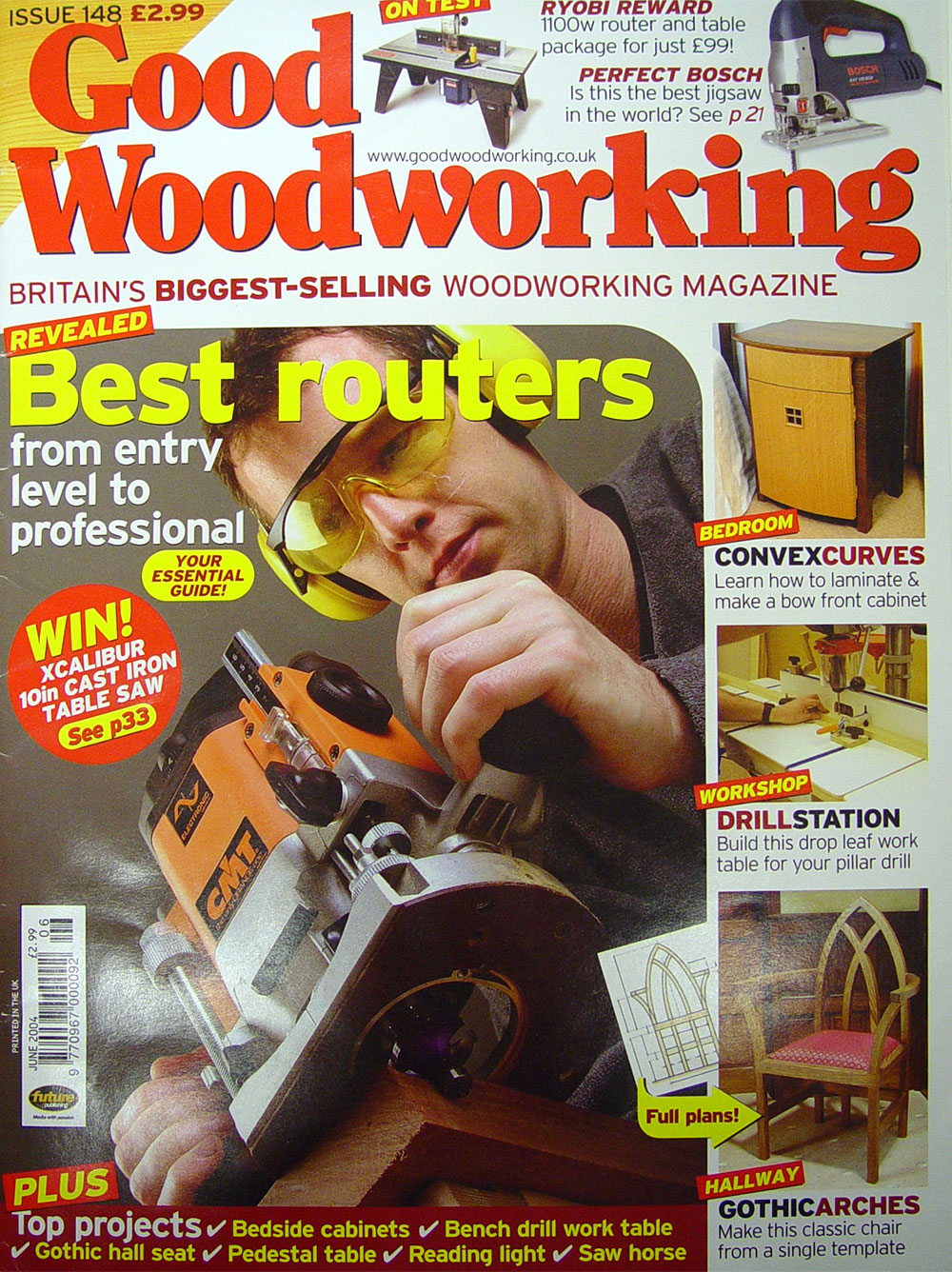 What do you all two bits of rebated plastic held together with a thumbscrew? A Trim Gauge, of course. The name is derived from its American role, where architrave is often referred to as ‘trim’. This gives you an idea of its primary function: offsetting or gauging a quirk line around frames to set the architrave margin. The rebate overlap of each part is equal to 5mm (3/16 in.), and sliding the pieces across each other one way gives the same margin. Scales in metric and Imperial can be used as a guide to set wider margins, up to 76 mm (3 in.), sliding the pieces in the opposite direction. A thumbscrew locks the position.
What do you all two bits of rebated plastic held together with a thumbscrew? A Trim Gauge, of course. The name is derived from its American role, where architrave is often referred to as ‘trim’. This gives you an idea of its primary function: offsetting or gauging a quirk line around frames to set the architrave margin. The rebate overlap of each part is equal to 5mm (3/16 in.), and sliding the pieces across each other one way gives the same margin. Scales in metric and Imperial can be used as a guide to set wider margins, up to 76 mm (3 in.), sliding the pieces in the opposite direction. A thumbscrew locks the position.